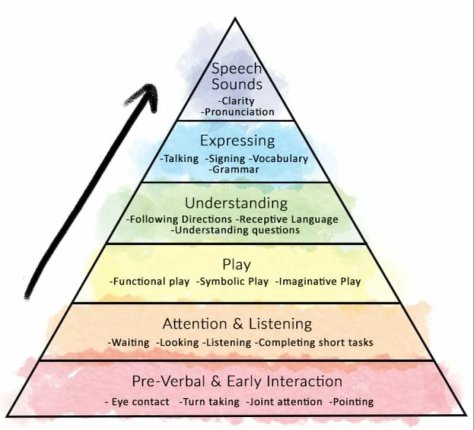I had four children in front of me. Three boys and a little girl. All were roughly the same in age, around five and six years old?
As I stood in front of them, I hoped that my judo knowledge would be sufficient or at least enough to con a group of young children.
I was nervous but didn’t want to show it.
“Who wants to learn a judo throw?” I shouted with enthusiasm.
The little girl shouted “yes!” with excitement, and the boy next to her joined in, but the other two sat in silence. Not a sound was muttered.
There are many reasons a child will not talk. It can be from speech delays, autism, anxiety or even selective mutism. The way we see the world and develop is different for every one of us.
And from my experience I knew this.
I knew that in this setting I was not going to get a verbal confirmation of the desire to learn, and as I demonstrated the throw, I immediately knew that a different method of teaching was needed.
Instructing with words and then looking for a verbal recognition was not a result I could bank on.
So I paused.

I knelt down to the level of my audience, and I held up my hand.
“Who’s in?” I shouted, and waited for the non verbal response. My more confident students jumped up and slapped out the strongest five fives they could muster, while the two, who were a bit quieter, watched.
I crawled forward and held up my hand. I smiled at the boy in front of me and he smiled back, lifting his hand and tapping out his response. The fourth then followed with his agreement in being part of the group, his high five a bit more reluctant, but his message was clear, he was ready.
I then paired them up. I took each by hand and put them in position. I placed my hand on the mat to show where to stand, and even nudged their feet in the right directions – another form of non verbal communication.
When all four children started to tire and their attention spans drifted, I announced “Last one in line gets thrown by me!” in the hope that they would fear it and line up immediately.
But the opposite happened.
They all wanted to be thrown.
Their cheeky smiles were across their faces. Their bums wiggling in anticipation.
So the lesson changed once again. It adapted to meet the desires of the group.
After half an hour I gave the last set of high fives and saw a change in four young children.
Not one of their throws were perfect. But each one of their smiles was present.
And that’s all I needed to make my day.
Get to know your students. Get to know those around you. Every one is different. Everyone has a different ability. But everyone can learn. It is just up to us to adapt our methods to make it possible.
That’s inclusivity.





